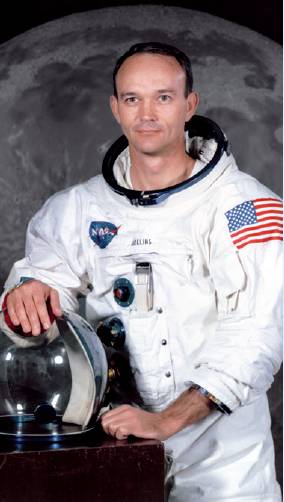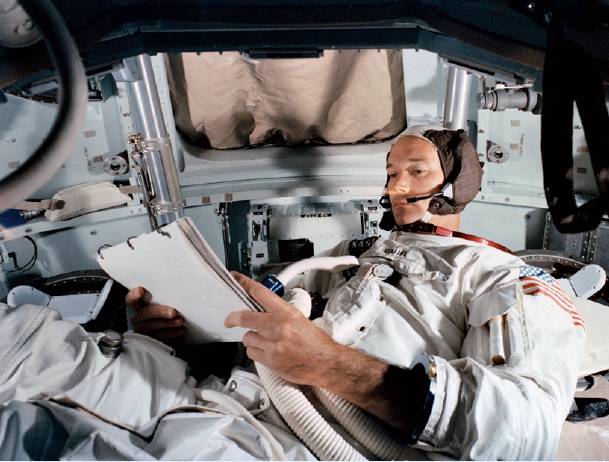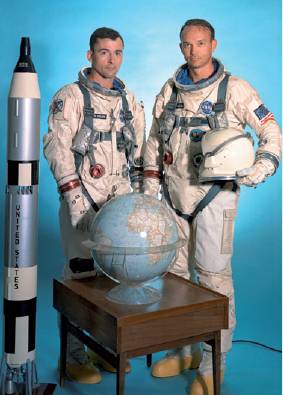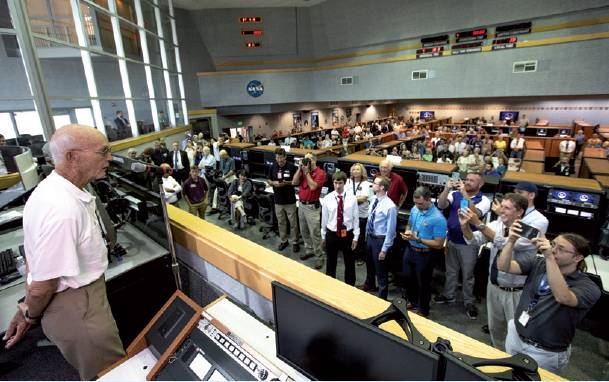Obituaries
The Society was saddened to learn of the ‘Last Flight’ of Maj Gen Desmond ‘Des’ Barker, SAAF (Ret’d) (M) on 17 March following a plane crash in a Patchen Explorer near Swartkop Air Force Base, South Africa.
Des was born in Pretoria, South Africa on 25 August 1949. He was educated at Lyttelton Manor High School and joined the South African Air Force (SAAF) in 1968, qualifying as a fixed-wing pilot in 1969. He is third-generation Air Force, his grandfather being the 20th member of the SAAF.
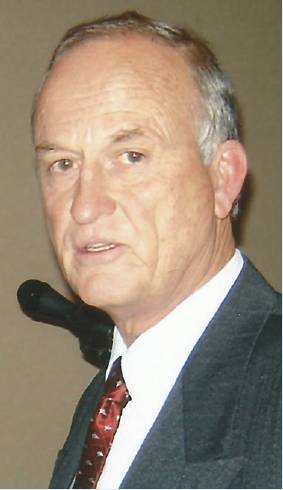 From 1969-1983 he was assigned to the Advanced Combat Flying School flying Vampires and then to CFS Langebaanweg as a Qualified Flying Instructor flying Impalas and eventually qualifying as an A1 Category flying instructor, Research and Development (AFHQ) as a Project Officer and Production Test Pilot at Atlas Aircraft Corporation, and an Operational Pilot at 12 Sqn flying Canberras. He joined the Silver Falcons while at CFS and completed a total of 82 operational sorties while at 12 Squadron, being awarded the Military Merit Medal.
From 1969-1983 he was assigned to the Advanced Combat Flying School flying Vampires and then to CFS Langebaanweg as a Qualified Flying Instructor flying Impalas and eventually qualifying as an A1 Category flying instructor, Research and Development (AFHQ) as a Project Officer and Production Test Pilot at Atlas Aircraft Corporation, and an Operational Pilot at 12 Sqn flying Canberras. He joined the Silver Falcons while at CFS and completed a total of 82 operational sorties while at 12 Squadron, being awarded the Military Merit Medal.
He was accepted for test pilot training in 1984 and graduated as a fixed-wing experimental test pilot in 1985. From 1986-2000, he spent a period at 1 Sqn flying the Mirage F1AZ, was seconded to Armscor on an overseas assignment for approximately two years as the project test pilot on the Cheetah C and paid a short visit to the Russian Air Force’s Flight Test Centre (Vladimarovka) flying the MiG-29. He was appointed Chief Test Pilot at TFDC in 1991, staying for five years.
During his tour at TFDC he was involved in most of the fixed-wing fighter programmes and weapons development testing. Firsts include: the first SAAF pilot to fly the Cheetah C, first flight of the Cheetah D and C in South Africa, the first flight of the Mirage IIIRZ/ Atar 09K50 engine integration and the first flight of the Mirage F1 fitted with the Russian RD-33 engine.
He served as the evaluation pilot on the strategic defence package evaluation team flying the Mirage 2000, the Hawk 100, the Aerovodochody L-159 and the Aermacchi AM-339. As an original member of TFDC’s establishment in the Overberg, he was closely involved in establishing the flight test management and standard operating procedures at TFDC. He flew approximately 58 different aircraft types and variants of military aircraft, nearly all in the flight-test environment. He had a total of more than 7,200 flying hours, of which more than 6,000 were fast jet flying hours. In 1990, he was awarded the Southern Cross Medal for his contribution to flight-testing in the SAAF.
He successfully completed the Senior Command and Staff Course in 1995, being elected as the Course Leader (Eagle) and achieving the award for Best Student. He was promoted to the rank of Colonel on 30 January 1996 and was appointed as Officer Commanding TFDC.
The highlight as Commanding Officer was the recognition of TFDC as the SAAF Prestige Base and SAAF Prestige Unit in 1999 and also the award of the Frank Carnell Gold Medal by the South African Institute of Aerospace Engineering to TFDC for the strategic contribution to Aerospace Engineering in the RSA. In addition, TFDC was also awarded the SANDF Productivity Award Gold in 1998.
Besides the publication of more than 50 papers internationally, Des also published a flight safety book on demonstration flying in December 2003 entitled Zero Error Margin – Display Flying Analysed.
In January 2004, he was assigned to the post of General Officer Commanding, Air Force Base Makhado and in June 2006 he was promoted to the rank of Major General and assigned the position of Chief of Air Staff Operations in the South African Air Force. As such he was directly responsible to the Chief of the South African Air Force for the operational capability management and the SAAF’s portfolio of aviation safety, Directorate Aviation Safety.
Maj Gen Barker retired from the SAAF on 31 July 2008 after 40 years’ service to take up the post of Competency Area Manager – Aeronautics Research at the Council for Scientific and Industrial Research. The portfolio included management and integration of several different aeronautical research competencies, including experimental aerodynamics, computational fluid dynamics, power and propulsion, and aerostructures.
In 2013, he co-authored a flight test handbook in support of Non-Type Certificated Aircraft titled: Flight Test Handbook for Experimental and Homebuilt Aircraft.
He was assigned to the Air Force Reserves at the Heritage Flight of the SAAF Museum flying several vintage aircraft, including the Aermacchi AM-3, AM-4, Piaggio P-166S and Patchen Explorer. As a civilian test pilot, he conducted flight testing for Warbirds Company in South Africa.
In 2014 he was appointed Acting Executive Director for Defence, Peace, Safety and Security at the Council for Scientific and Industrial Research responsible for managing the South African Defence Research business unit in the domains of aeronautics, radar and electronic warfare, optronics, landwards sciences, command and control and information warfare and technology for special forces. In 2016 he was assigned as a Contract Research and Development Manager for the Defence Unit at the CSIR. In 2017 his contract with the CSIR ended and he became self-employed as a fixed-wing experimental test pilot.
In December 2018 Des was awarded an Honorary Fellowship by the RAeS, only the second South African after Professor Beric Skews (WITS/2008) to receive the honour. In 2020, he was awarded the Herman R ‘Fish’ Salmon award.
Society of Experimental Test Pilots.
